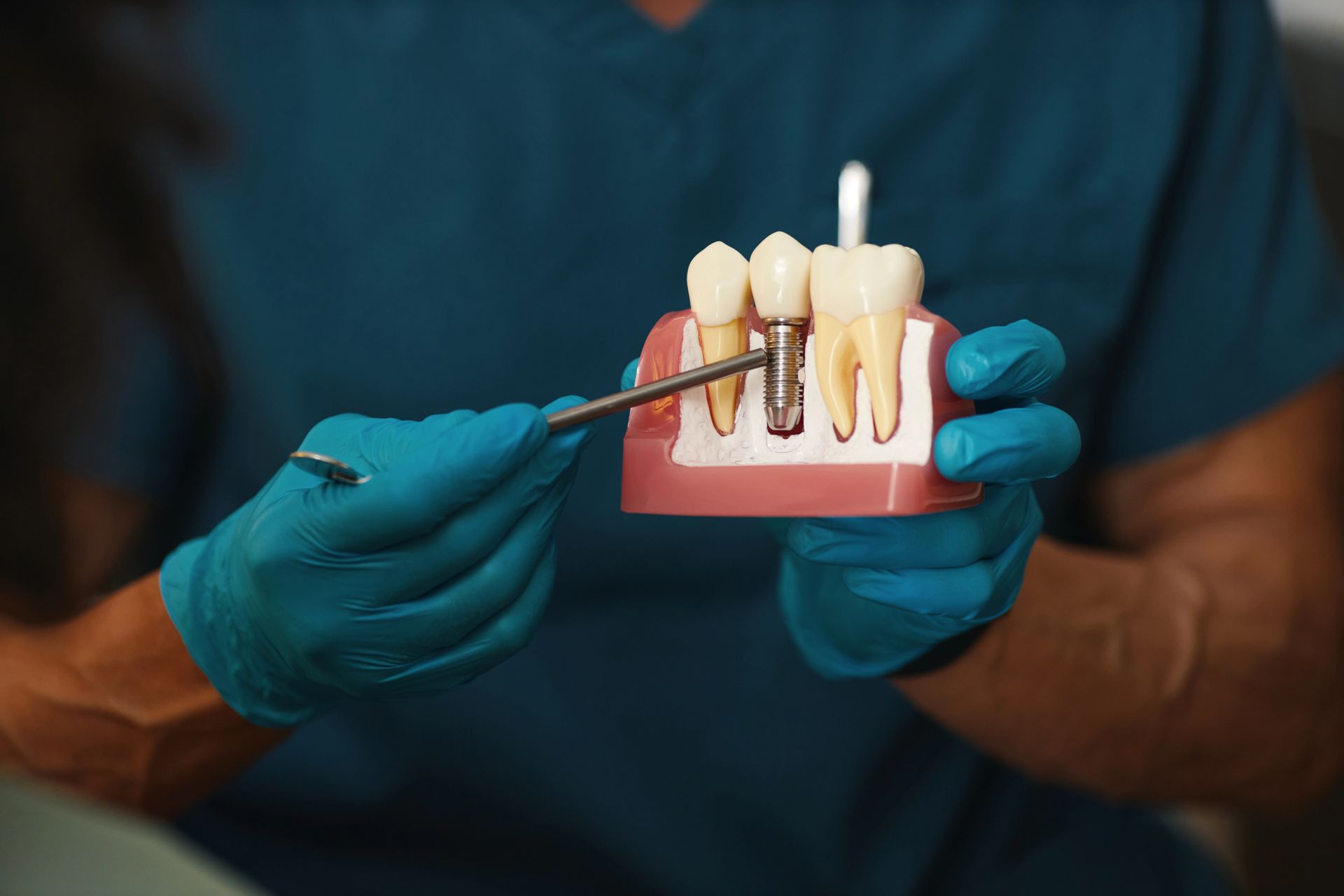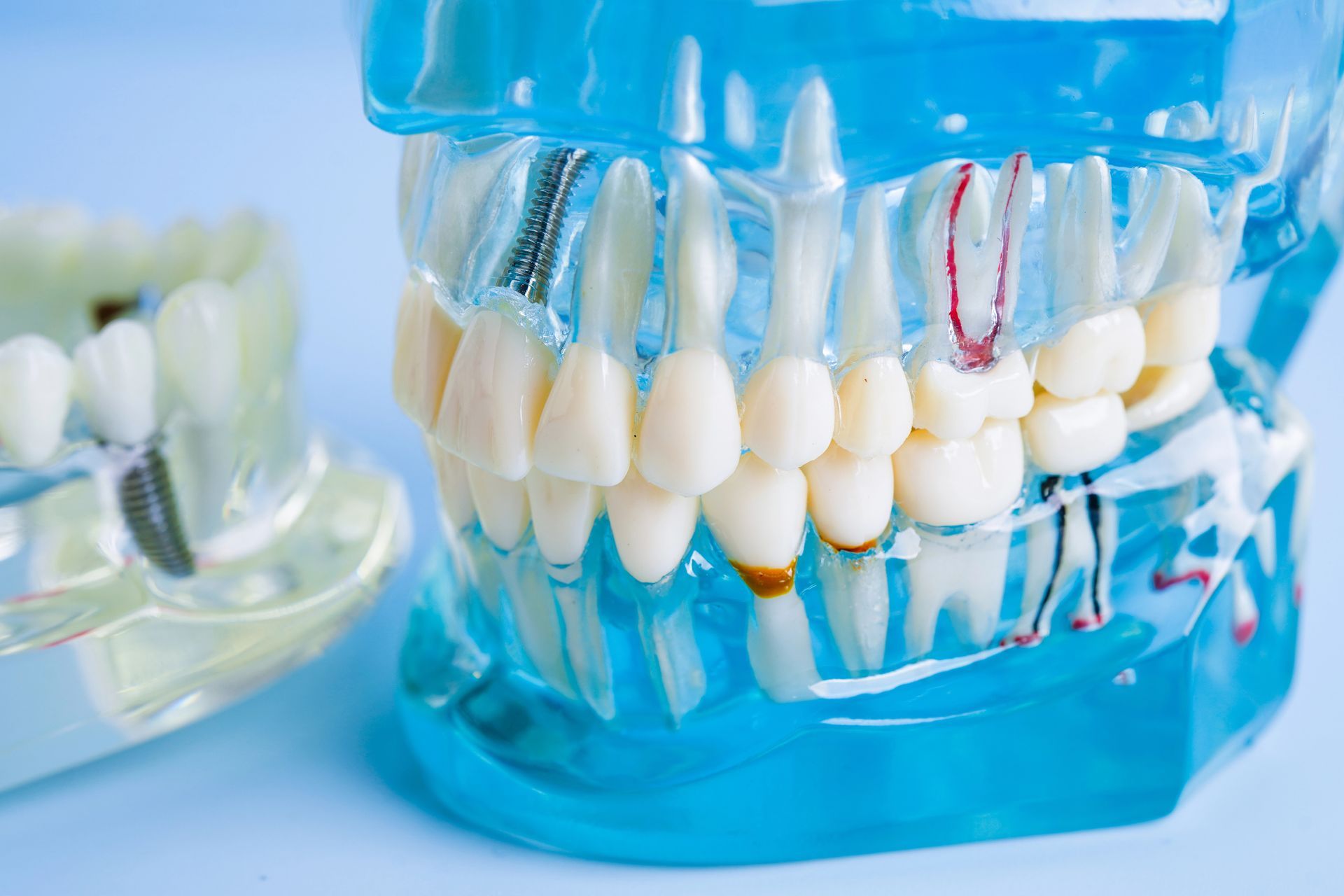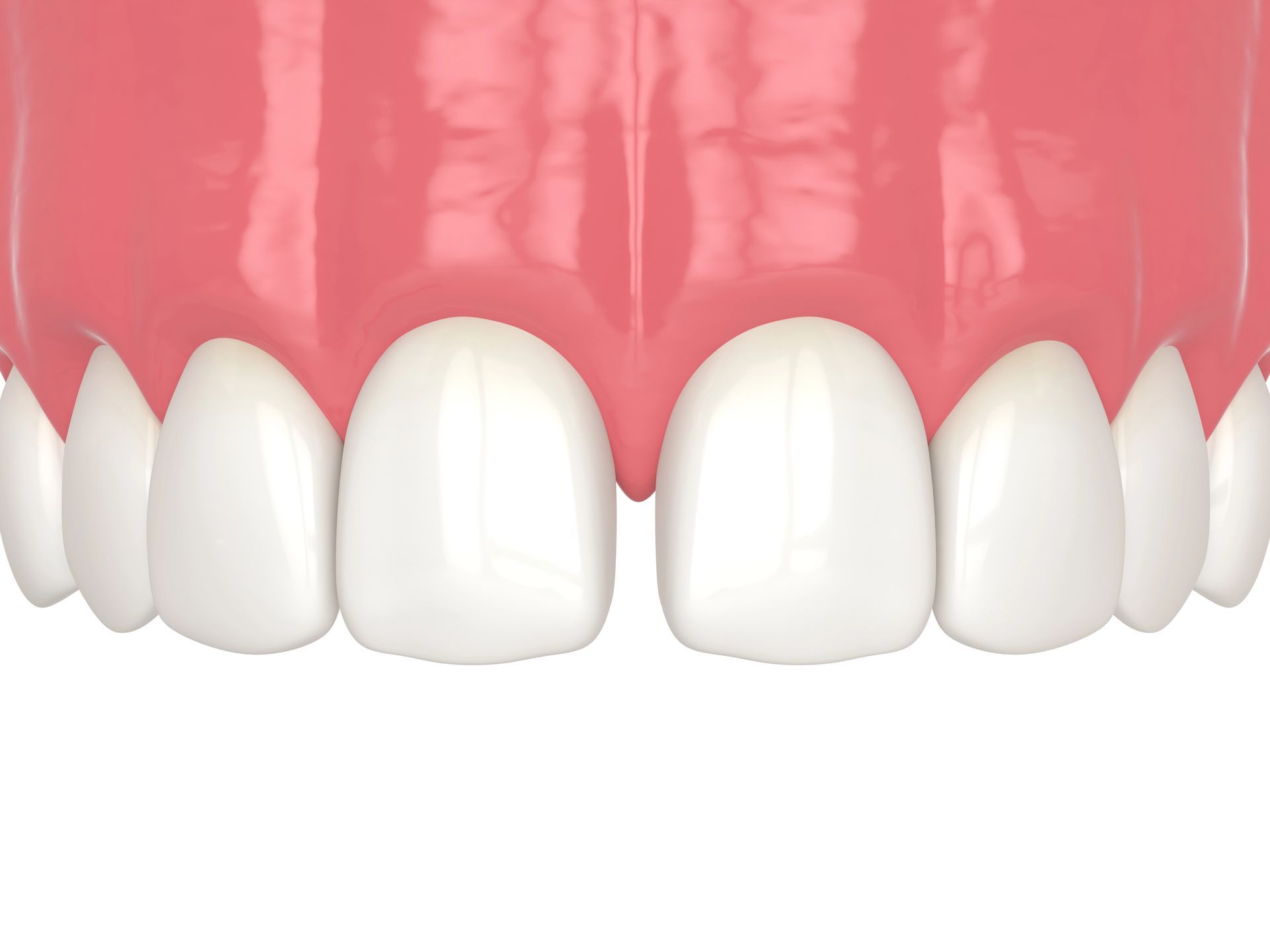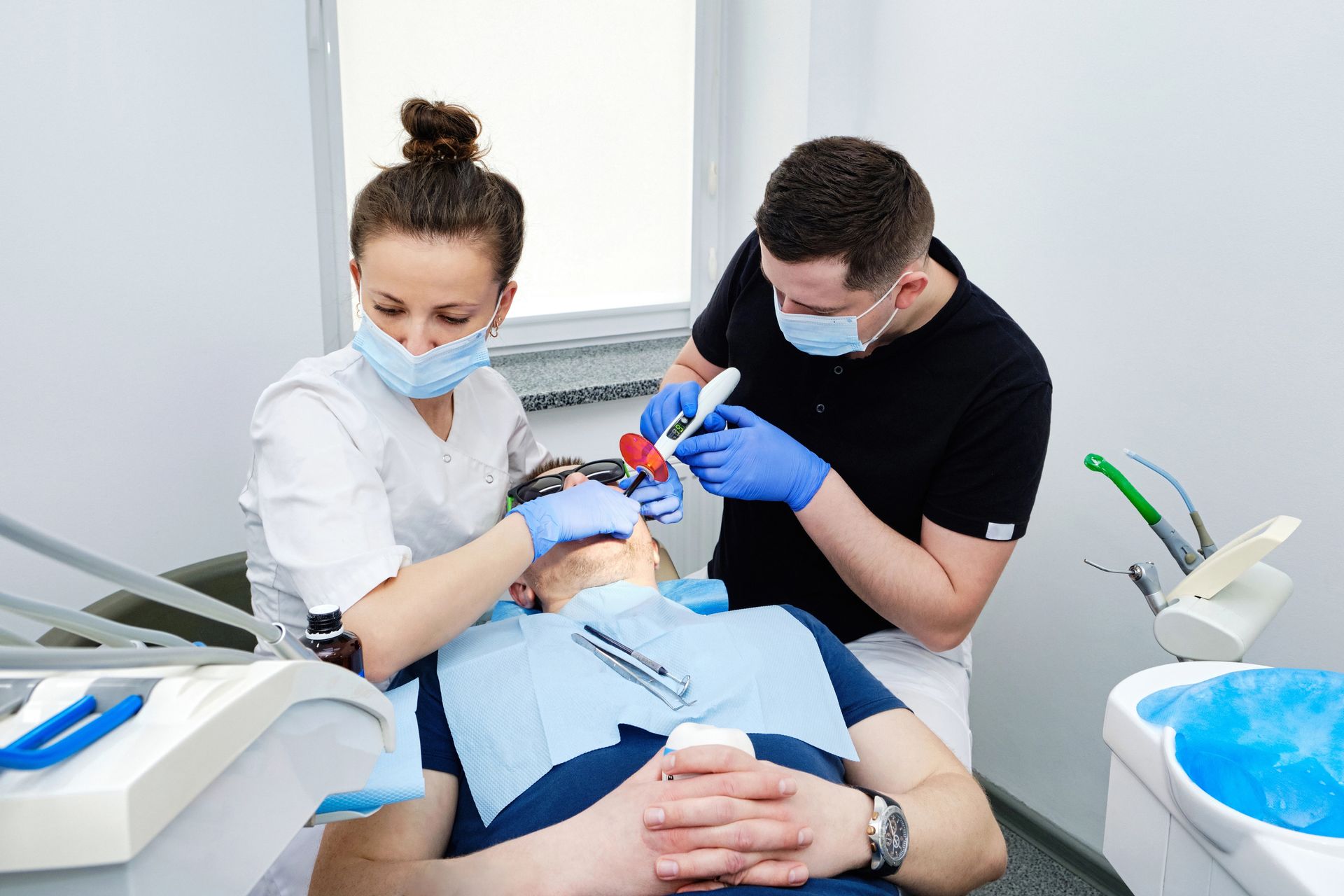Have you ever wondered what the future of restorative dentistry looks like? At Design Dentistry Columbia, we are excited to explore the innovations in restorative dentistry that will shape the field in 2024 and beyond.
Advances in Digital Imaging Technology
The field of restorative dentistry has seen remarkable advances in digital imaging technology in recent years. This technology has allowed dentists to create more accurate and detailed images of the mouth and teeth, giving them a better understanding of the patient's needs. With the help of these images, dentists are able to diagnose and treat conditions more accurately and efficiently. Digital imaging technology has also enabled the development of more comprehensive restorative treatments, such as crowns, bridges, and implants. These treatments can help patients achieve a perfect smile and restore their oral health.
In addition to digital imaging technology, restorative dentistry has also seen great advances in the use of materials and techniques. For example, composite fillings and ceramic crowns are now more durable and aesthetically pleasing than ever before. With these materials, dentists can provide a more comprehensive and lasting restorative treatment plan. For those looking for a comprehensive restorative treatment plan,
Achieving a Perfect Smile: Comprehensive Restorative Treatments is a great place to start.
Innovations in Dental Materials
Advances in dental materials have made it possible for dentists to provide more efficient and effective restorative treatments. Today, composite resins, porcelain, and other materials are used to fill cavities, repair broken teeth, and enhance smiles. In the future, these materials will continue to evolve, providing even better options for restorative dentistry.
One of the most exciting developments in dental materials is the use of 3D printing technology. This technology allows dentists to create custom-made dental crowns, bridges, and other restorations for their patients. 3D printing also allows dentists to create more intricate designs, making it possible to create restorations that are more aesthetically pleasing. In addition, 3D printing technology is expected to reduce the cost of restorative dentistry, making it more accessible to more people.
For more information on the latest innovations in restorative dentistry, visit
Design Dentistry Columbia.
Improved Techniques for Tooth Repair
The future of restorative dentistry is looking bright, with new techniques and materials being developed to improve the quality of tooth repair. From 3D-printed dental implants to advanced adhesives for bonding restorations to the tooth, dentists are now able to provide their patients with more natural looking, durable, and long-lasting results. These new techniques are also helping to reduce the amount of time and discomfort associated with traditional dental procedures, making restorative dentistry a much more attractive option for patients. With improved techniques and materials, restorative dentistry is sure to continue to evolve and improve in the coming years.
New Approaches to Tooth Replacement
Advances in technology have enabled dental professionals to develop innovative new approaches to tooth replacement. In the coming years, 3D printing and nanotechnology will allow dentists to create custom-made implants that are stronger, more aesthetically pleasing and more durable than traditional dental implants. Additionally, regenerative therapies will be used to stimulate the growth of new teeth, allowing for a more natural and permanent solution to tooth loss. These new approaches to tooth replacement promise to revolutionize the field of restorative dentistry in the years to come.
Emerging Technologies for Oral Care
The future of restorative dentistry is bright, with innovative technologies emerging that are revolutionizing the field. From 3D-printed dental implants to laser-assisted cavity detection, these advancements are making dental care more efficient and precise than ever before. Additionally, the use of artificial intelligence and robotics is helping to reduce the amount of time it takes to perform treatments, while also improving accuracy and safety. As these technologies continue to develop, dentists will be able to offer their patients more effective and comfortable treatments with shorter recovery times.
Conclusion
For more information on laser dentistry and to learn how Design Dentistry Columbia can help revolutionize your dental restorations, give us a call at 803 573 4577 or check out our reviews on
Google Maps.










